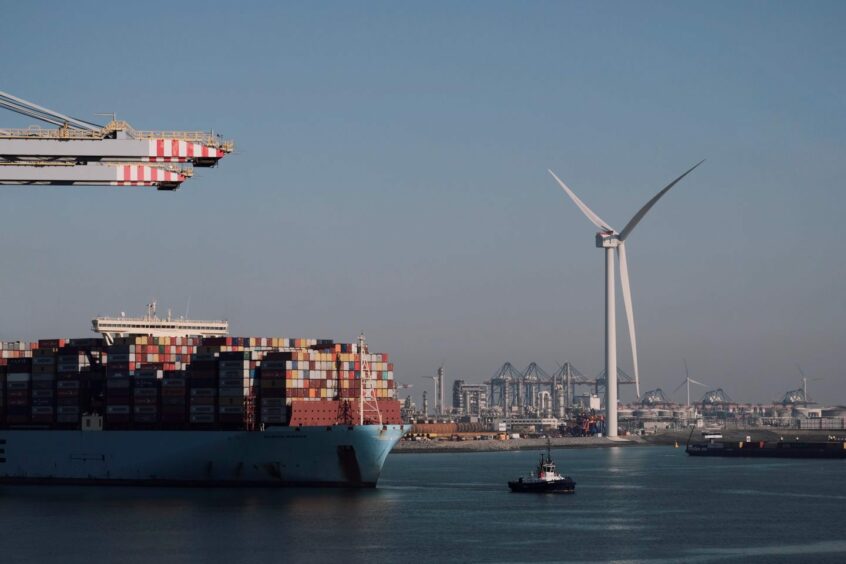
A number of countries are working on hydrogen exports, but there are a number of challenges acting to slow progress, panellists said at the recent Hydrogen for Life conference.
“It’s not market failure. I think when you want to develop a new market, that takes time. If we let the market work at its own pace, we wouldn’t be where we are with hydrogen,” Bracewell partner Ro Lazarovitch said this week. “It takes time to figure out which industries are more willing to pay for your product.”
A number of comparisons have been drawn to the emergence of the LNG industry. The LNG market functions by being able to provide certainty of supply and demand, giving developers – and crucially financiers – sufficient confidence that production will be bought.
Zero clarity
Olivier Mussat, CEO of Atome Energy, warned against leaning too much on hopes for an LNG model. “Everybody expects [hydrogen exports] to be like the LNG industry, where Japanese companies were able to step in with 20 year contracts. In the ammonia world, you cannot hedge for more than two years.”
In order to bridge that gap, governments must step in to provide market surety. “It’s not about the amount of money [from the government]. The clarity of rules must be absolute to create this international trade.”
At the moment, investors working on such projects have “zero clarity” about how the market may look in the two years it takes to get a project up and running, Mussat said.
Lazarovitch agreed on the need for certainty to underpin such developments. “The governments are telling us they want companies to invest, but are the rules catching up with where need to be?” He went on to cite an example where a project was dropped because of a lack of certainty on rules needed to trigger subsidies.
The unnamed developer “dropped out because the upfront financial commitments the government were asking for were too high. They were willing to invest a certain amount, but not more without that clarity.”
Economics
Atome is working on projects to meet local demand with green ammonia, predominantly into fertiliser.
“Price is price is price. The only way to produce hydrogen very cheaply is if you have baseload power 24/7,” Mussat said. The technology Atome is using is not new and the company has access to hydropower-driven electricity, from the Itaipu dam.
“It’s about leveraging existing infrastructure, existing power supply and existing core facilities. Capex is very low if you are using excess hydropower and that gives us an advantage,” he said. “Leveraging existing resources into an existing market, the fertiliser market, is how we’re going to manage these things.”
Demand certainty is a challenge, with many SMEs interested in taking part in the opportunities provided by hydrogen but unable to deliver the size of contract to make it viable. Innovate UK knowledge transfer manager Steffan Eldred said his organisation was working on this and that industrial hubs offered a way of tackling this problem.
Export options
The UK would be unlikely to be a near term hydrogen exporter, Eldred said. “I’m not sure how much there will be spare. The demand is there, the demand is real – we’re asking every day for access to hydrogen.”
Potential hydrogen exporters might be Chile, where domestic demand will be low but resources are plentiful, the Innovate UK official said. Canada may be another, although there are questions about whether its exports could be blue or green hydrogen – and what would be most in demand.
“Another on my radar is Australia. There is such a vast area available for renewable energy generation and the country has been exporting energy for a long time. They want to carry on.”
Mussat suggested the US would be able to export blue ammonia. “Colombia has a lot of potential, although with a lot of country risk, while in Brazil there’s massive potential. However, in an environment where interest rates have doubled in the last year, while renewable energy costs are creeping up, new projects face hurdles.”
Bracewell’s Lazarovitch highlighted the Middle East and North Africa. However, he noted the rise of “interesting challenges”, even once past the demand and pricing issues. The industry should not forget political risk, he warned, noting the dangers to domestic regimes of energy-poor countries that begin exporting ammonia or hydrogen.
“How to value that political risk is something that the industry hasn’t come to yet. I think that’s going to become more and more of an issue.”
Recommended for you


